Language
You can read the magazine in one of the following languages
Geolocation
You can read the global content or the content from your region
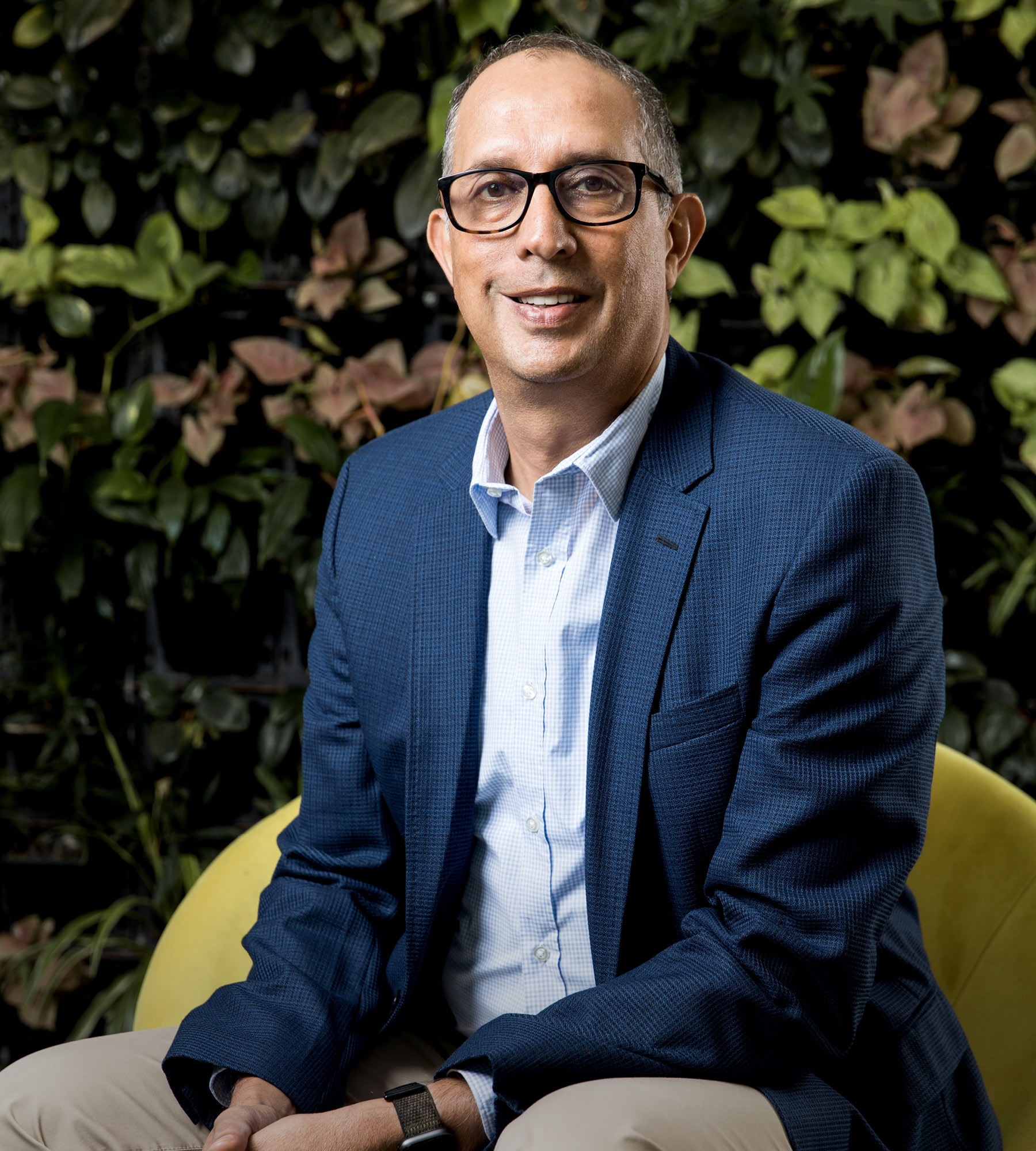
Of the rivalries that rank among the greatest in Australian history, perhaps none is as enduring as Kmart versus Target. For years, the two retail chains have faced off in malls and shopping centres around the country, enticing fence-sitting shoppers with low prices, hot deals and an ever-improving range of practical homewares.
The choice for shoppers has traditionally been between the aforementioned low prices – or, at least, the expectation of low prices – and the quality of the goods for sale. Over the years, the two big-box department stores have done their best to play into the public’s perceptions: that Kmart has lower prices and that Target has higher-quality products.
Such is the power of branding and marketing that it may come as a surprise to learn that both Kmart and Target are a part of the same family. Profits from their prices, low or otherwise, all go to the same place. Perth-based conglomerate Wesfarmers is the proud parent of the non-identical retail twins along with their siblings Bunnings, Officeworks and (for a time) Coles Supermarkets.
So while in the eyes of shoppers a Kmart pedestal fan is in an entirely different class from a Target pedestal fan (and worth the subsequent bragging rights online), in all likelihood both items share the same origin. Indeed, sourcing for both brands is done by the same company, KAS Group Asia (KGA).
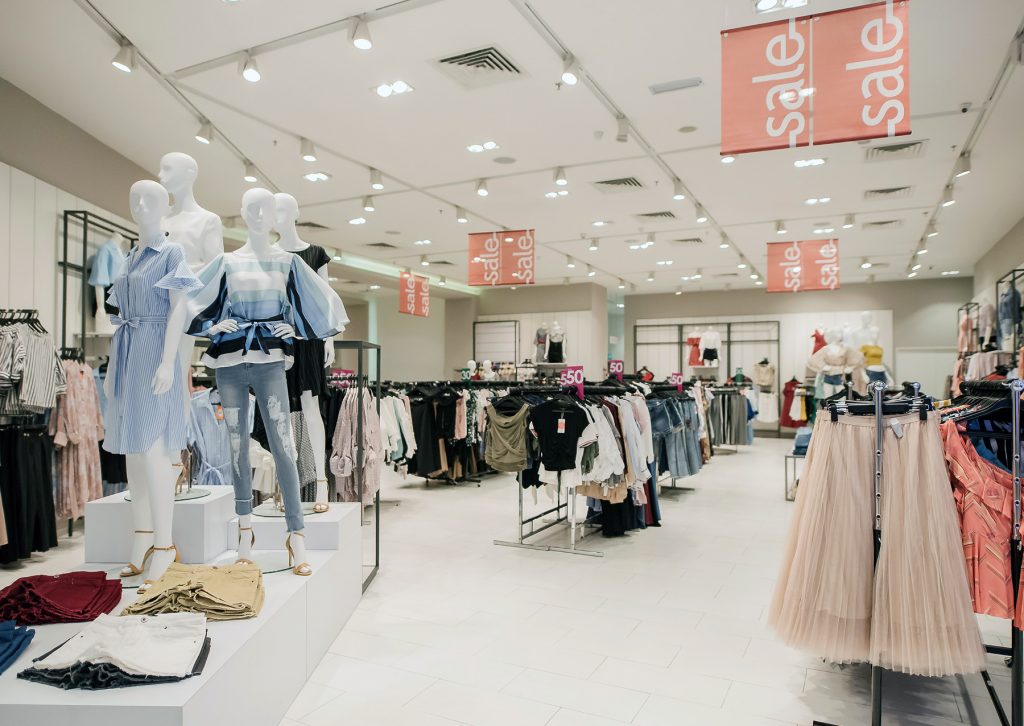
Target and Kmart were one of Australia’s highest-profile examples of retail cannibalisation, or the competition between two brands owned by the same company. While pitting two competing entities head to head is a recipe for disaster, the strategy comes to life when an overlap can be found. In this way, the parent company owns an even bigger slice of the market and takes up space that may otherwise fall to the competition.
Owned by Wesfarmers (and previously Coles Myer), Kmart and Target were pitched to different ends of the discount retail spectrum. Through KGA, both stocked products sourced from the same places, meaning any difference in range was purely down to packaging and prices.
Kmart’s distinct advantage – lower prices – was developed and honed specifically to challenge Woolworths-owned competitor Big W. Target, on the other hand, was positioned as the top end of discount retail through a range of higher-quality products. Unfortunately for Target, the former worked too well: Kmart’s earnings began to dwarf its sibling’s and, in turn, Wesfarmers steered resources away from Target to boost Kmart.
What’s interesting is that Wesfarmers hasn’t chosen to completely dissolve Target by merging the two. Only a percentage of Target stores have been converted into Kmarts, leaving the big red dot in places where its own appeal remains viable. For how long, however, is a matter for consumers.
The exclusive sourcing arm of Kmart Group Australia, KGA scours its powerful network to provide Kmart and Target with products, apparel, packaging and more. It’s a multibillion-dollar industry, and one that Director Arjun Puri says is only growing.
“We’re no longer a small-size sourcing business,” he says. “We might have been when we first started the journey, but at US$2.5 billion [A$3.5 billion] of sourcing and close to one billion units of product, we’re a serious player in most of those sourcing markets.”
“I’ve been extremely fortunate to work for an organisation that’s grown so rapidly.”
When Arjun joined Kmart Australia in 2011, the company’s sourcing business sat at around A$556.8 million. “I joined Kmart at an inflection point where it was poised for a period of rapid growth,” he reflects. “In the decade I’ve been with the company our sourcing business has grown fivefold. I’ve been extremely fortunate to work for an organisation that’s grown so rapidly.”
Despite kicking off his career with manufacturers Arvind Mills and Busana Apparel Group, Arjun’s career trajectory would jump ahead a few spots in the supply chain. “I’d come from a stint with Hong Kong supply chain manager Li & Fung, which was my first real introduction to the buying side of retail.”
His experience at Li & Fung was the groundwork for what he calls the “rigours and challenges” he’d later encounter at Kmart. “I got a lot of exposure to sourcing for department stores and mass-market retail businesses,” he says. “It’s what’s allowed me to perform multiple roles during the past decade.”
Arjun’s time at Kmart began as Head of Sourcing for Clothing. “I then moved on to managing sourcing for Apparel and Footwear before becoming General Manager for Kmart Sourcing.” His current role as KGA Director commenced in January 2019.
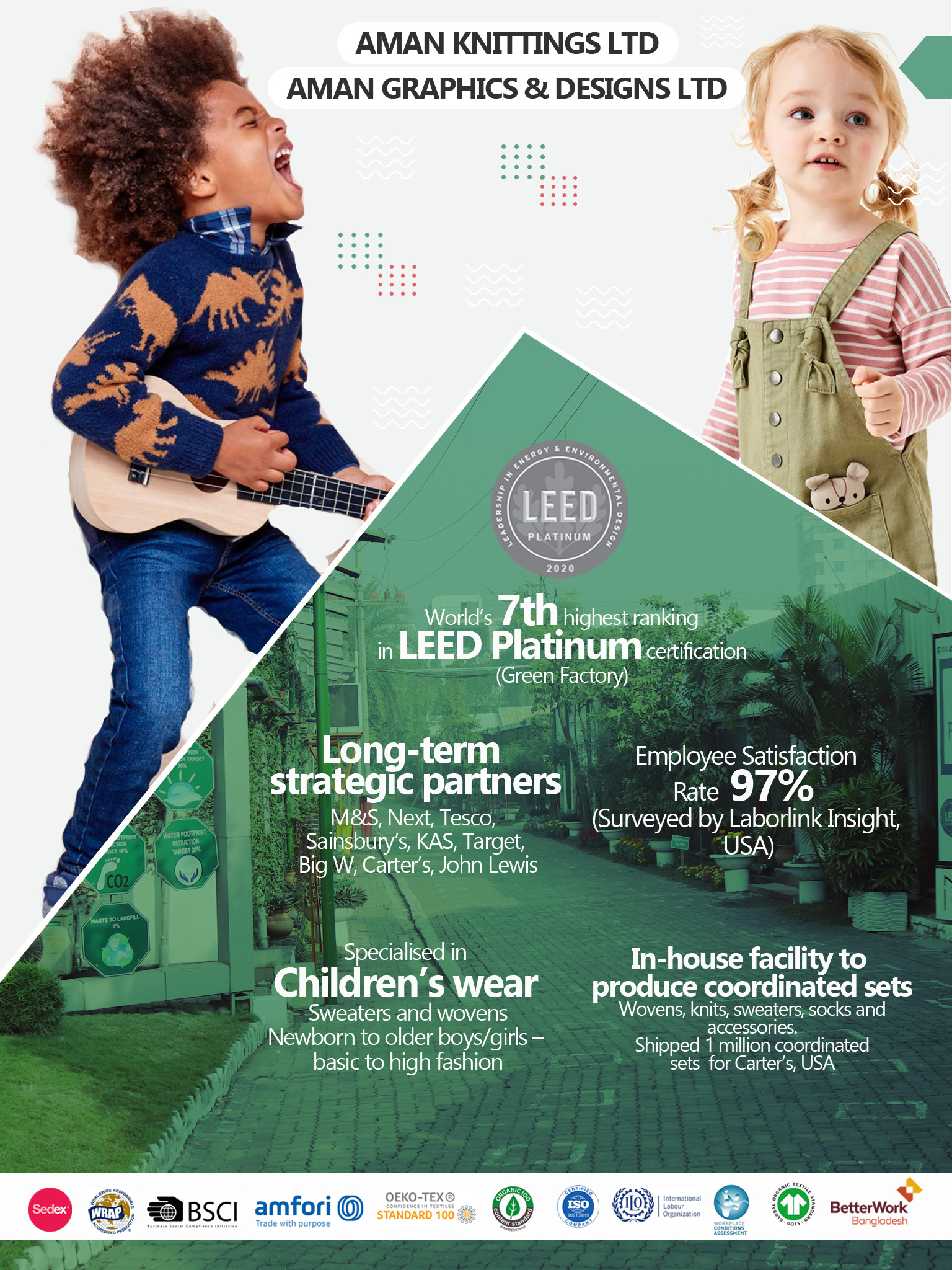
“KGA is a combination of our sourcing business and our technology centre in Bangalore,” Arjun explains. “The sourcing business works exclusively for all our private-label businesses under Kmart and Target Australia, while the technology centre is a shared services centre which provides technology services to the different brands that form a part of Kmart Group.
“I’m now responsible for managing the sourcing business for both Kmart and Target Australia as well as helping to oversee our global capability centre. Across Asia we have a presence in six different countries, and across all sites we employ close to 1,000 people.”
It may be a large and protracted family, but Arjun insists it truly is a family. “Whether they’ve worked with us for five years or 15 years, everybody talks about how working in KGA is a family experience,” he says. “It’s friendly, it’s fun. There’s no hierarchy.”
Perhaps most important of all is KGA’s diversity, which Arjun says manifests itself in everyday problem-solving. “The benefit of having a diverse group of people work for the organisation is that eventually they bring different facets to problem resolution,” he explains.
“During my time at Harvard Business School, I learned there are many dimensions to any problem and what you have is only ever one dimension, so it’s always great to be able to listen to others and see where they’re coming from. Solutions can – and do – come from anywhere.”
Hard as it is to imagine pledging allegiance to retail brands as being a matter of any great import, there exist diehard supporters of both Target and Kmart. Some swear by Target’s range, others are seduced by Kmart’s low prices; all are the result of years of conditioning through effective brand messaging. There’s just one catch: Target and Kmart are stablemates, both owned by Wesfarmers.
Even before the buyout of Coles by Wesfarmers in 2007, Kmart and Target were kin, bound by their ownership by the Coles Myer companies. This didn’t stop Coles Myer playing the siblings off against each other for years, hedging its bets by fostering perceptions that Kmart was all about low prices while Target was the upmarket choice. This despite the two often sharing shopping centres. Twice the choice, double the profit.
Unfortunately for Wesfarmers, public perception held that while Kmart may have had lower prices and Target may have had high-quality products, Big W had both. It also turned out that lower prices mattered much more to the public than higher-end items; in 2016, Target’s profits fell sharply into a ditch.
Moves to reposition Target to emulate Kmart’s success only served to confuse consumers, who were happy with Kmart. Wesfarmers began to pour resources into Kmart at Target’s expense, a move that culminated during the COVID-19 pandemic, when a large swathe of Target stores were converted into Kmarts.
Working within an environment that accepts and amplifies a variety of views has been one of the factors that’s kept Arjun so engaged in his role. “We have healthy debates about how things should be done, and once we’ve arrived on what we think is the right way forward, everybody in the organisation commits to that. Then we’re all on the journey together as far as operating and executing those plans is concerned. That’s something that really resonates with me.”
This spirit of inclusivity and opportunity isn’t merely limited to problem-solving, either. “I’ve had so many opportunities within KGA to try new things and grow in my career, and I’m not the only one,” he says. “Frankly, in the past, I’ve left jobs when I felt they’d become repetitive. If I don’t get a new problem to solve every now and then, I tend to stagnate. I think if you’ve done the same role for a few years, you can do it in half the time.”
Not so at KGA which, by virtue of its continually expanding size, keeps things fresh. “Before I could even begin to feel that repetition set in, I’ve been able to get a new gig within the organisation,” Arjun shares. “I’m always super busy. My list of things to do extends at least a year-and-a-half into the future, so I’ve always got something to look forward to.”
Big-box department stores have always carried ‘home brand’ items – generic products marketed and sold under an in-house brand at lower cost than name brands. Kmart especially has turned it into an art form. Its exclusive items can reliably be found in ‘life hack’ lifestyle articles praising the versatility and quality of Kmart’s in-house offerings.
It’s a very Australian phenomenon, Arjun notes. “American or European retailers often have only 30 or 40 per cent of products under their private labels, but at Kmart Australia, it’s 80 per cent of what’s sold, and all of that comes through the direct sourcing organisation,” he reveals. “Last year across Kmart and Target, we shipped close to 900 million units of product – US$2.5 billion [A$3.5 billion] at cost. That puts us in a very different position compared to many other operations in our industry.”
The larger share of shelf space means that KGA’s value within the Kmart ecosystem is far greater than it would otherwise be, and Arjun says that doesn’t go unnoticed. “We know our importance in the organisation, we know our value is very different and as such, we’ve always been treated with a great deal of respect,” he says. “And that makes us want to contribute even more to the organisation and the success of the company.”
Although his team is sourcing products for Australian tastes, not a single member is in the Great Southern Land. “Sourcing teams within our business only exist in Asia,” he shares. “We don’t have any team members in Australia, so we have the sole responsibility for finding suppliers, negotiating prices and managing ethical sourcing and quality. We take these responsibilities very seriously and our goal sheets and short-term incentives are linked to successfully delivering on these KPIs.”
For Arjun’s team, operational excellence means getting the basics right, every time and with no margin for error. “When I say basics, as a sourcing organisation we’re responsible for four KPIs: pricing, on-time delivery, ethical sourcing and quality,” he explains. “If we don’t deliver on these, we literally lose our licence to operate. So our organisation is set up in a way that we don’t duplicate or overlap on responsibilities.”
According to Arjun, KGA is also a thriving hub of innovative thinking. “We’re an organisation that tries a lot of things. We like new ideas and we’re progressive in what we do,” he says, adding that it also doesn’t baulk at the idea of failure. “What we try to promote is the concept of fail fast and learn fast. Failure is an accepted part of anything new you do. But if you fail quickly, you fail small. And then whatever learnings you need, you can glean quickly and use them in future solutions.”
He believes it is an agile mindset for an agile world, a concept of persistent innovation. “From day one, you can’t believe you have the perfect solution. You’ve got an idea, a working hypothesis, and you use that to build a minimum viable product. Then you take that MVP and put it back into the business, you try it and you test it because you won’t know if it’s working or not otherwise. From there, one of two things will happen: it’ll work or you’ll learn something.
“You have to keep innovating and that’s what keeps organisations thriving. If you’re simply setting and forgetting after you’ve done something once, you don’t evolve. So persistent innovation is something we try to cultivate in our team.”
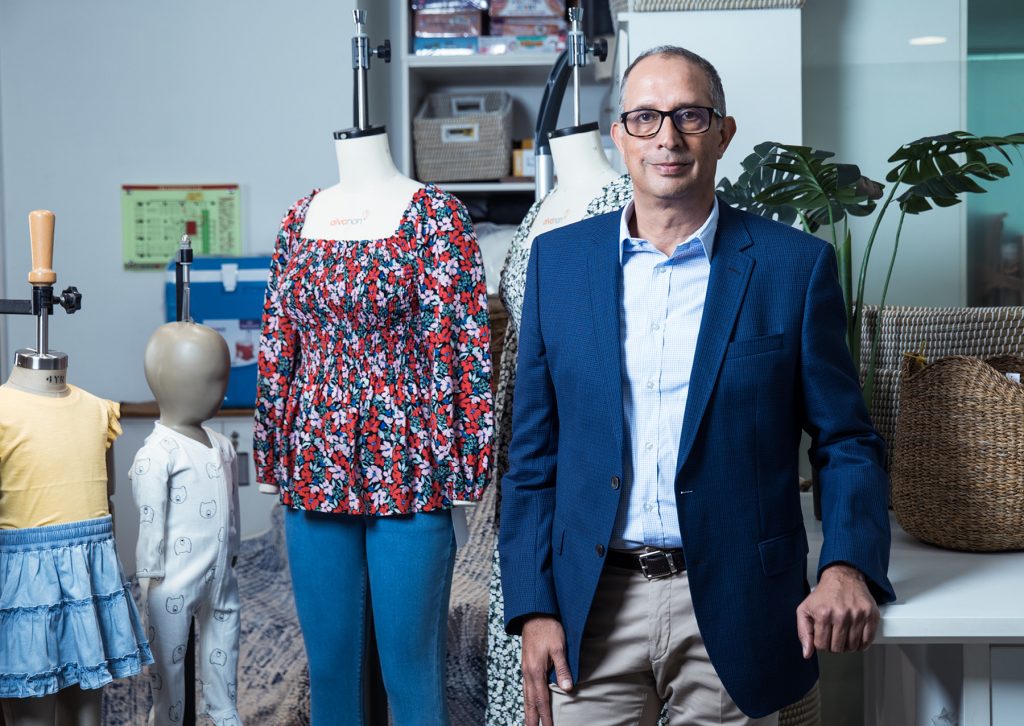
“We know our importance in the organisation, we know our value is very different and as such, we’ve always been treated with a great deal of respect.”
It’s a concept that ties in neatly with KGA’s values. “Our values are around integrity,” Arjun says. “We really believe in honesty and integrity in our business dealings, and we hold ourselves accountable to those. One of our core values is to reach higher, so we’re constantly pushing and breaking the mould and trying to be as progressive as possible.”
It’s the kind of thinking that took the company to the top of the market, although Arjun admits there were lessons learned along the way. “For the longest time, we were actually number two in the market, and when you’re in second place, there’s always somebody to look up to,” he points out.
When KGA took the top spot, Arjun was hit by a realisation. “Even though we’d reached the top, I realised that our innovation can’t stop. In fact, there’s more pressure than ever to constantly innovate.”
That kind of innovation – or pressure, for that matter – is handled better as a team. “And that’s one of our other core strengths, growing together. It’s not just you and me as individuals, it’s us together as a family,” he stresses. “We’re all on the same journey, striving towards business success, and the best way to do that is as a family.”
Fitting so snugly into the retail network and the KGA family has given Arjun more than a strong sense of job satisfaction. “Culturally, I feel I’ve finally found my home in an organisation,” he says. “And that’s been what’s kept me going for 10 years.”
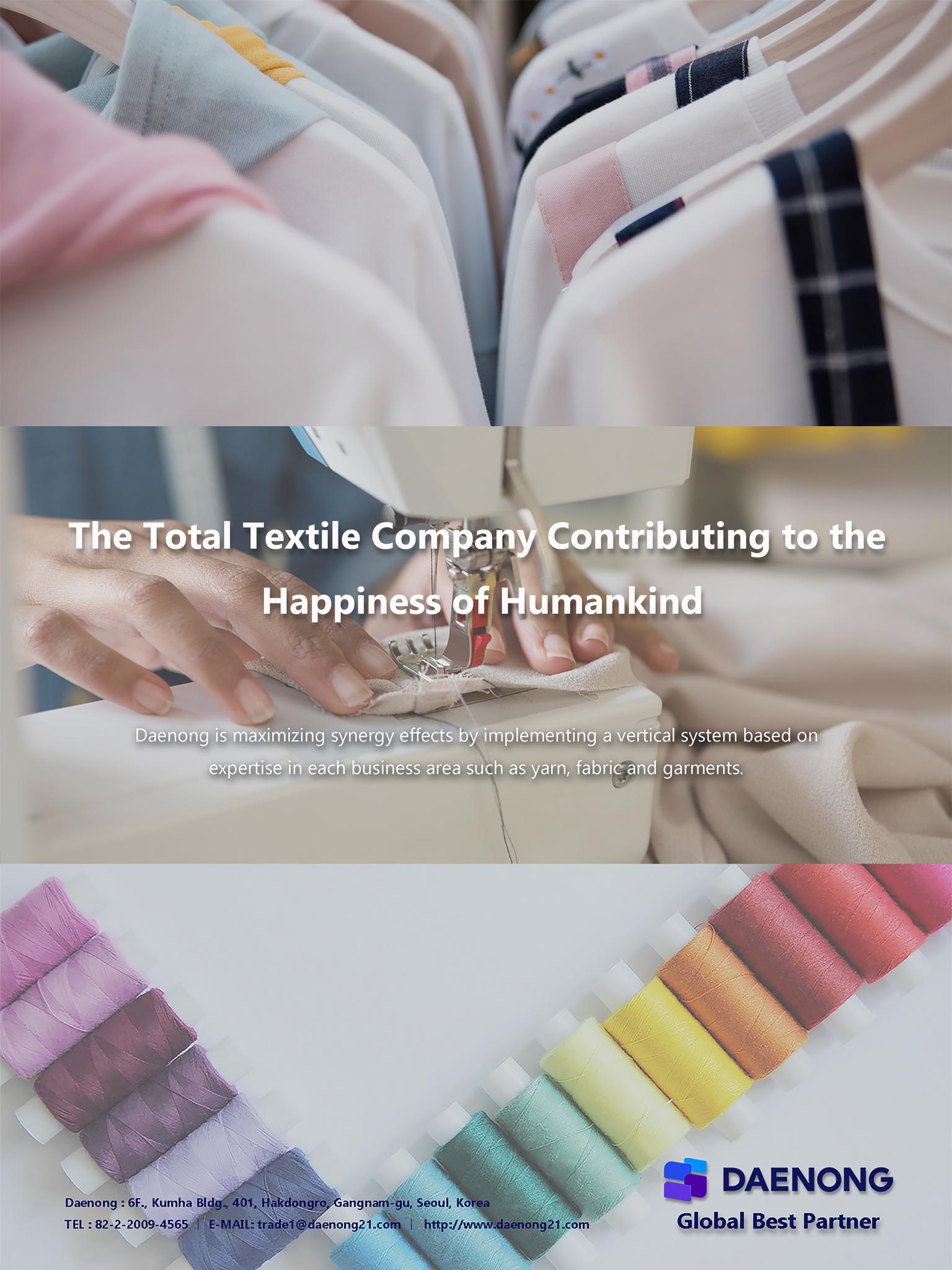
However, just as it did for so many, 2020 proved to be the stand-out of the decade. The advent of the COVID-19 pandemic threw global retail into a maelstrom of chaos and uncertainty. Lockdowns and social distancing measures left supply chains compromised and unable to meet targets. Arjun says the crisis highlighted the need for humanity and empathetic leadership.
“Yes, 2020 was a transformative year in more ways than one,” he concedes. “From a business perspective, I’d say the biggest lesson learned was around the importance of having a flexible, agile and transparent supply chain. From an individual perspective, the need for empathy has come through very clearly.”
One quote in particular has risen above the noise of the pandemic and resonated for Arjun. “Someone rightly said about the COVID-19 situation, ‘We are in the same storm but in different boats,’” he says.
“We’re all in it together. We all went our virtual ways of working from home, but we all experienced the same thing. We had new-found respect for each other because we’re all balancing work and home lives, we all appreciate the challenges.”

“Making sure everybody in the team was in a good space mentally was very, very important. This has been an important time for leaders to really stand up and show their human sides.”
The new normal led to a situation where, despite the enforced distance, in many ways the team were working closer than ever. “You suddenly realise that if somebody’s looking a bit off-colour, there’s a reason behind that, and you need to go beyond the agenda and ask how they are, if they’re OK. There could be so many things happening in the background and impacting their wellbeing,” Arjun says.
“Making sure everybody in the team was in a good space mentally was very, very important. This has been an important time for leaders to really stand up and show their human sides.”
The pandemic has also upped the pressure on employees who have been asked to do things they wouldn’t normally have to. “Who would do all those things – getting up early, working longer hours, the Zoom calls – if they didn’t actually have faith in their leader and their organisation? The way I saw it, the organisation was taking care of them. It had to.”
Measuring that amount of care was an issue of its own, leading to increased employee engagement, Arjun reveals. “We started doing what we call pulse surveys, because we really wanted to determine the pulse of the organisation. Locked in a virtual world for so long, we had no sense,” he admits.
The pulse surveys gave Arjun and KGA’s leadership team a good sense of where their team was at and what the issues and challenges were. “Whatever feedback we got, we implemented it straight away,” he says. “It’s been a great validation that the way we’ve conducted business throughout this pandemic has been the right thing for our team. When things are this disconnected, you need to make sure that what you’re doing is landing and meaningful for your people.
“I think this applies to all of us, as in the past 18 months we’ve all had highs and lows, and it’s been very important that we recognise the situation our stakeholders are dealing with when we engage with them.”
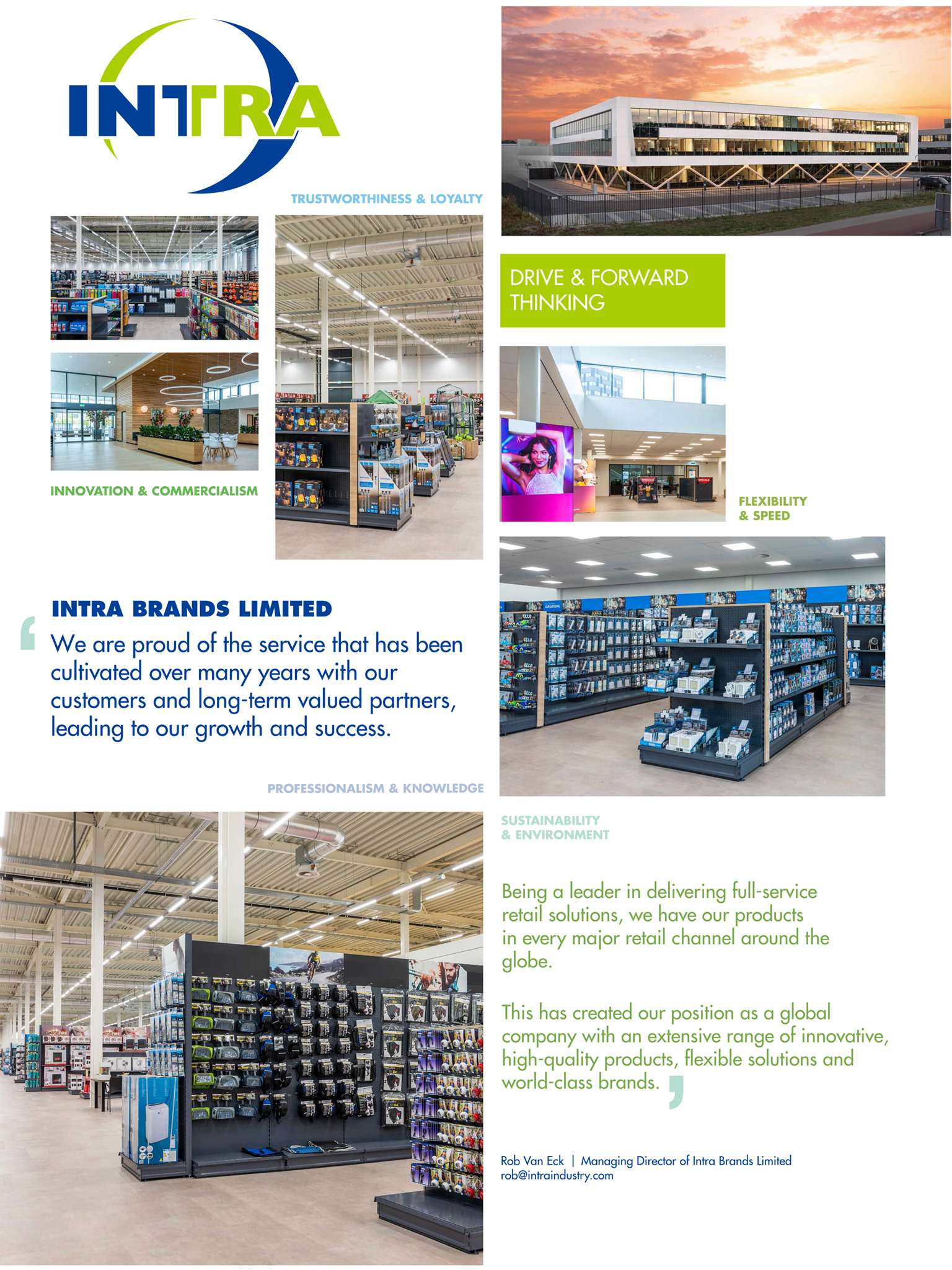
Stakeholder engagement is a big part of KGA’s work. For an in-house brand, it takes a village to ensure Kmart’s shelves are fully stocked. At one end of the rainbow are the manufacturers who develop Kmart’s arsenal of wonderful toys and clothes.
“Personally, I have great respect for our manufacturing and service partners around the world,” Arjun says. “My background is in manufacturing, so I’ve been there and I know what it’s like. They make our business possible and help serve our customers. Without them, I find it hard to imagine how we’d even have a business.”
Suppliers are an entirely different department. Arjun makes a clear distinction between vanilla manufacturers and supply partners, and what he calls “strategic suppliers”, traditionally a small link in the chain – but that’s changing. “We’ve had a clearly documented strategy over the years of growing our business with a narrow set of strategic suppliers,” he recalls. “Keep in mind we source a wide variety of products and therefore also have a long tail, but having said that, I’m proud that over two-thirds of our sourcing is now done via what we classify as strategic suppliers.”
These are suppliers that handle a fair portion of “value-add work”. “Therefore, we tend to invest in and prefer working with these suppliers, and in return, we’re upfront about what we can offer them,” he says. “There’s a lot of trust there. For example, they’re able to complete our final inspection process themselves, wherein they inspect and release cargo without us having to conduct inspections.”
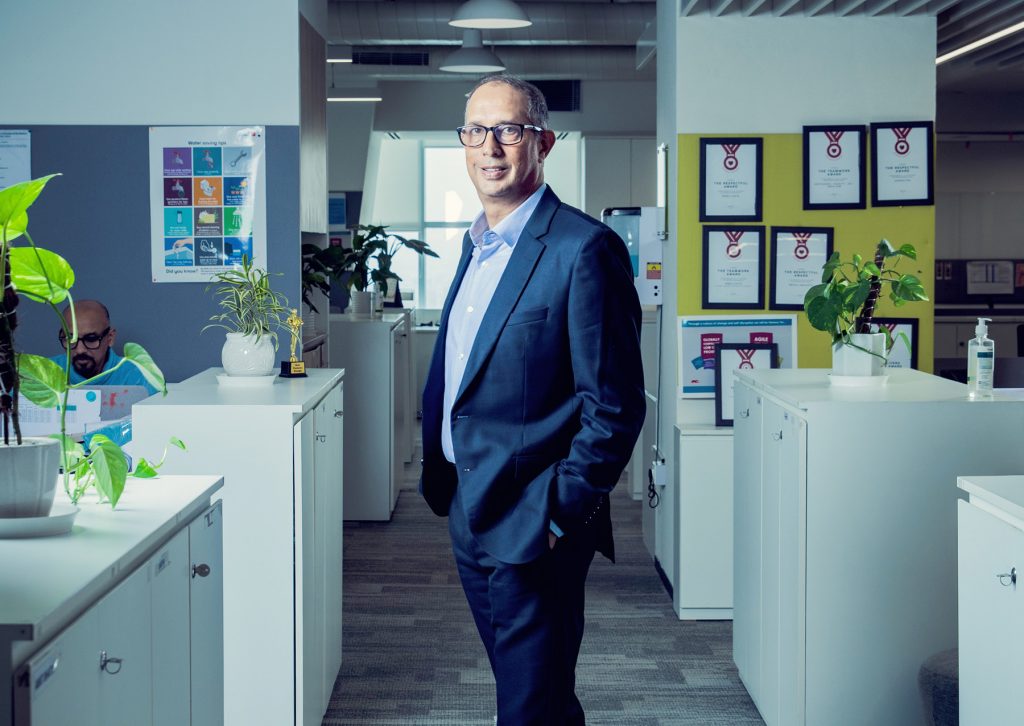
“We try to give more authority and independence to our suppliers to do what they’re best at: manufacturing and supplying quality goods that our customers want.”
In an industry built around a culture of the checker checking the checker, Arjun says KGA actively seeks to dismantle this status quo. “One of the biggest challenges the apparel sourcing industry has faced over the years is the amount of duplicative and unnecessary work of that kind, all of which leads to additional time and cost,” he explains. “To counter this, we try to give more authority and independence to our suppliers to do what they’re best at: manufacturing and supplying quality goods that our customers want.”
This leaves KGA, as a sourcing organisation, free to focus on value-add tasks instead of having to get involved in redundant processes. “Our approach to costs is end to end and not just the product cost or FOB,” he says. “As low-cost suppliers of products, we try to ensure that we’re efficient at all aspects of the supply chain – sourcing, logistics, shipping, product development – and when you look at it this way, there are so many opportunities for improvement, some of which sit with us and some with our suppliers.”
Therein lies a more collaborative approach to cost saving, he believes. “We have some of the strongest supply partners from across Asia – in China, India, Bangladesh and Indonesia. We work with some of the world’s best across apparel and general merchandise categories and are very proud of the relationships we’ve cultivated over the years. Our suppliers have grown and prospered with us as our retail business has grown over the years, and I expect that will continue.”
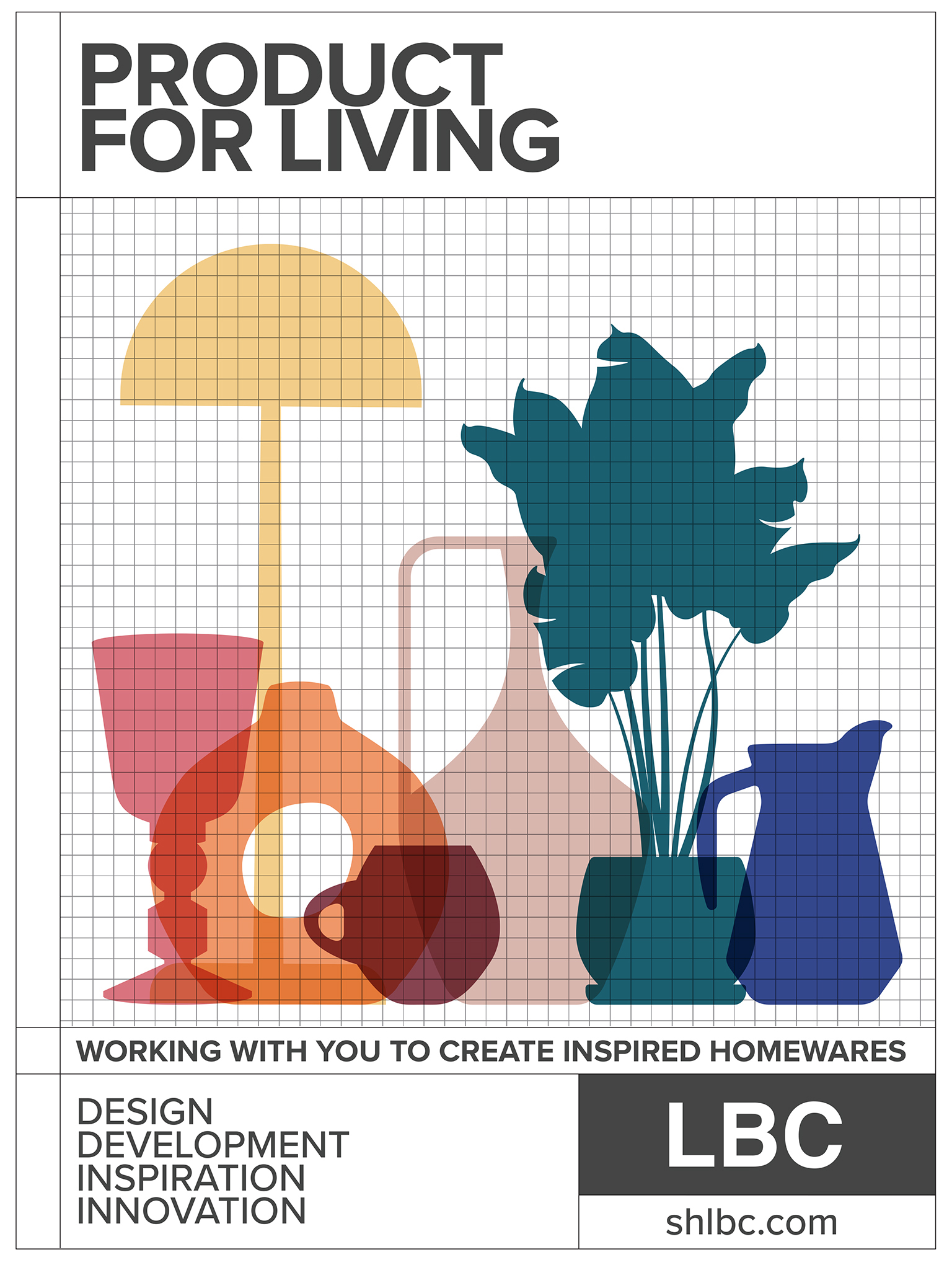
As the company grows and the world around it continues to adapt to crisis, Arjun says the industry itself is changing at a shocking pace. “Before the pandemic, I always wondered if there’d be enough work for a health, safety and wellness manager,” he admits. “Safety is, of course, our number one priority, and it’s always played on my mind that we didn’t have a full-time person in a health, safety and wellness manager role. It was a missing piece.”
Cue the pandemic. “Now we have someone in that role full-time. We do yoga, therapeutic sessions, stand-up comedy acts for our team, wellness weeks, we’re taking it to the next level. And the great response we’ve had from the team shows me it was the right thing, that we really stand apart in the industry.”
Target began life as a haberdashery outlet in Geelong run by George Lindsay and Alex McKenzie. Lindsay put a heavy emphasis on discounts, which set the store apart from its 1920s competition. Despite their success, the adaptation of Lindsay’s discount retail philosophy into a full-fledged chain didn’t occur until the late 1950s, when the original store was joined by 13 others around Victoria.
Attracted by the growth potential, Myer acquired the small chain and renamed it Lindsay’s Target. This appears to have happened entirely coincidentally alongside the rise of the American Target Corporation, which itself grew from a single retailer into a nationwide chain of discount retailers. Despite the name and similar logos, the two have no connection.
While the American Target beat Australia’s to the punch (the first US Target store appeared in 1962; Australia’s in 1970), Target Australia set a steady pace in the retail world and, by 1982, was a phalanx of 27 stores. The simplicity of its logo and its widely recognised penchant for quality set it apart among discount chains. Its parent company took advantage of the name recognition and folded another of its chains, Fosseys, into the Target brand in the mid-1990s, a move that greatly expanded Target’s reach.
But Target was never able to outpace its Coles Myer stablemate Kmart, which emphasised lower prices. The friendly-but-fierce rivalry between the two persisted even when both came into the Wesfarmers portfolio in 2007. Hampered by persistent losses and seen by its owners as eating into the sales of Kmart, Target became the subject of a major restructuring in 2017. Many of its 284 Australian stores were closed while others were converted to Kmarts.
Risk became another hot topic, particularly when it came to supply chains. “I was thinking, before COVID-19, of creating a risk and compliance management role, but it didn’t become crucial until after things went south,” Arjun says. “You’ve got to manage the business risk because whenever we make sourcing decisions, we have to understand the implications in terms of risk. Now we have that full-time risk and compliance manager role and it’s working very well.”
The third point of adaptation was digitalisation. “Again, before the pandemic, we were contemplating how a digital supply chain project could work for us. We looked at what Uniqlo, a company with some of the best valuation in the world, was doing in that space. And then suddenly, we needed supply chain flexibility, we needed agility, we needed transparency.”
KGA partnered with Bain for a cross-functional project that would increase agility. “It encompasses sourcing, merchandising, suppliers, so many functions,” he explains. “I got the opportunity to actually learn something new after so long and it’s been fascinating.”
Such relationships and growth are not possible without strong leadership, of which Arjun has a clear vision. “I’m a great believer in the concept of both servant leadership and authentic leadership,” he reflects. “I tend to see my role as one that exists to help serve our team members and help them achieve their maximum potential, both personally and professionally.”
To that end, Arjun describes his leadership style as collaborative. “I share power and decision-making authority throughout the organisation,” he says. “For me, being authentic and leading by example is a very key part of leading others. If you can’t do things yourself or hold yourself accountable, I find it hard to imagine how you can expect any different from others.”
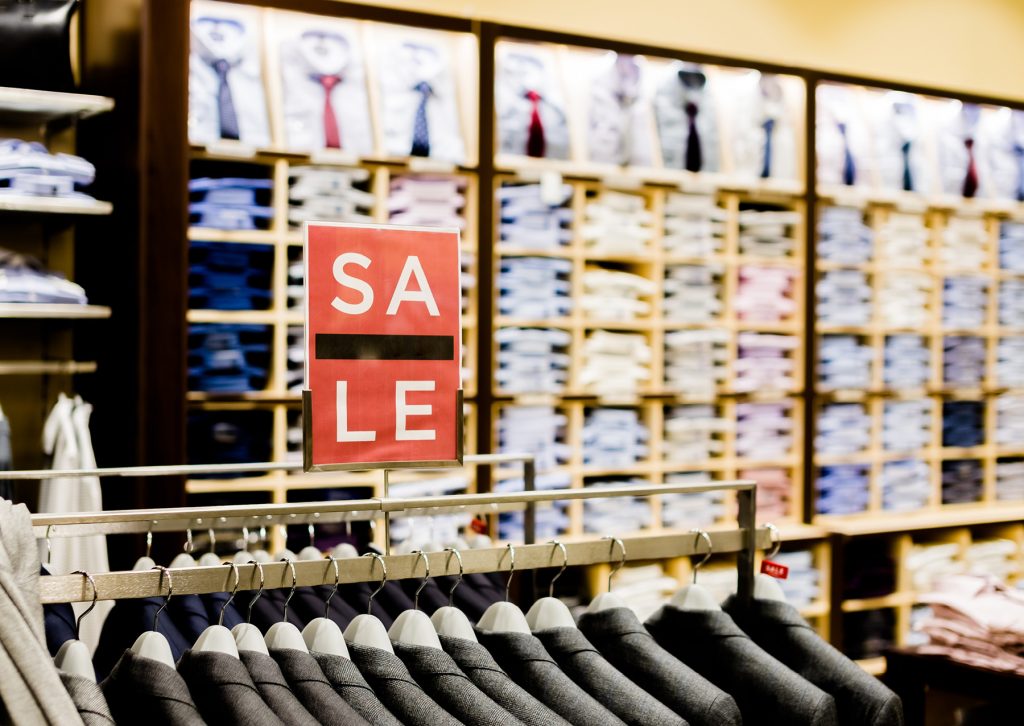
“If you can’t do things yourself or hold yourself accountable, I find it hard to imagine how you can expect any different from others.”
What he does expect from (and foster in) his team is a clearly delineated work–life balance. “That’s a very important part of working at Kmart Group, and it’s something we advocate to all our team members,” he confirms. “We encourage everyone to use their full cache of leave at a time of their choosing. In the last two years ,we’ve also started a mandatory shutdown of our sourcing office for two weeks over Christmas and New Year.”
That kind of free time is essential to discovering balance – and achieving it. “To me, balance is when you give your all at work and then, in your spare or personal time, you can devote all your energy to family, friends, loved ones and pursuing your interests or hobbies, versus being distracted by anything going on in your work life,” he says. “My weekends are totally off work – no calls or emails.”
Instead, Arjun unwinds by indulging in his love of sports. “I love the outdoors and if I’m not doing yoga or playing golf, you’ll probably find me at the tennis court,” he shares. “Play hard when you’re on the field but when you’re off it, relax. Life goes on.”
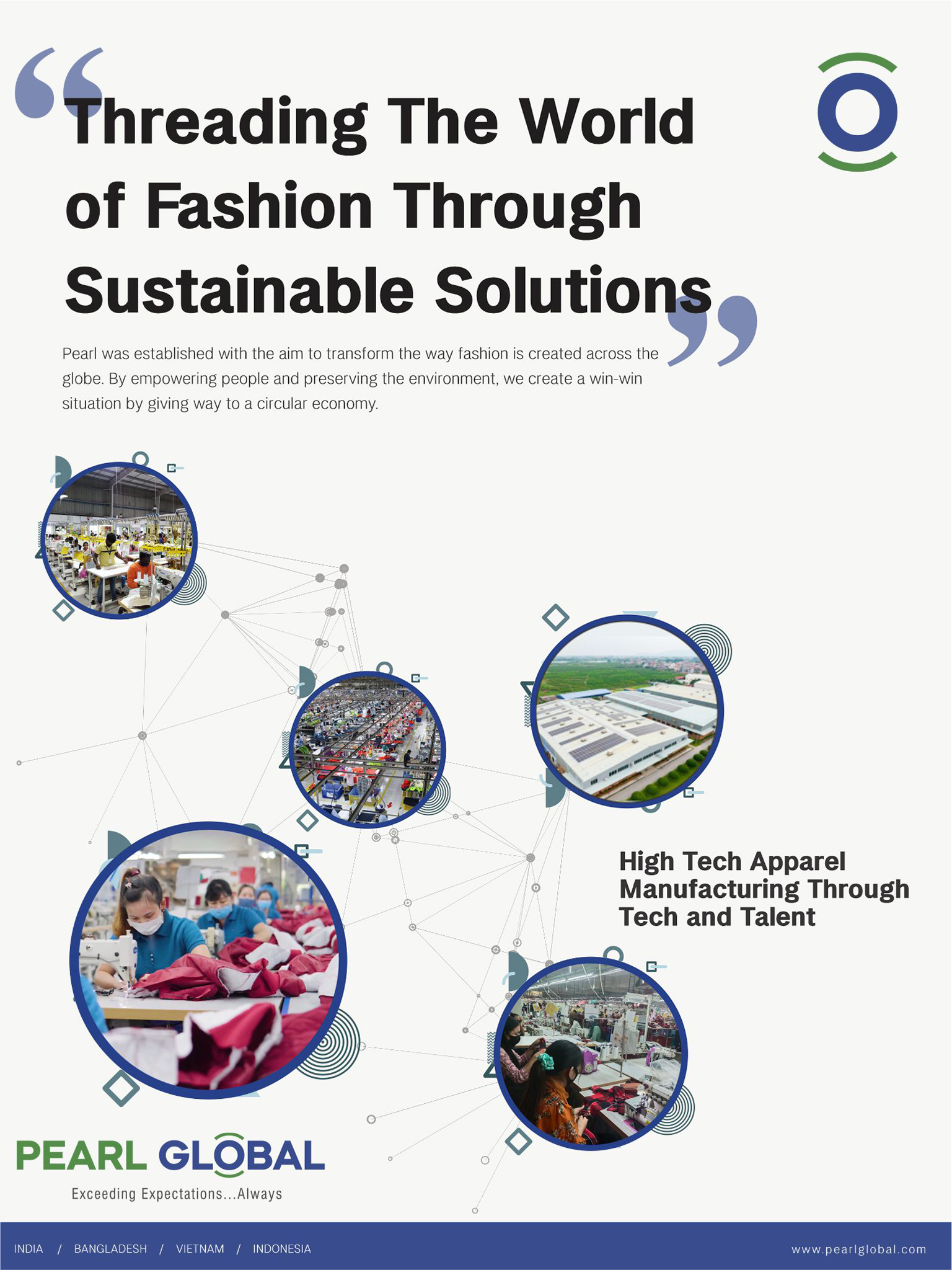
Moving forward, KGA’s workforce remains at the centre of Arjun’s thinking. “Our factories are such complex mazes,” he says. “When you see them, you can’t help but think, ‘How does the product get from here to the shelf?’ There are so many lives and people that come together to make it happen, it’s complex and fascinating.”
To make that happen means engaging KGA’s sizable workforce so it can continue to toil tirelessly behind the scenes to make the Kmart experience all it can be. “People are everything. Everything happens with people. If you’re going to do anything, you need to have an engaged workforce. That’s my priority, the needs of the people who work for me,” he asserts.
Through methods old and new, Arjun is making sure that people at every step of the chain, from manufacturing, procurement and shipping to stacking and ultimately purchasing, are happy. “It starts by making sure we’ve got the right talent in the organisation,” he says.
“There are still inefficiencies in the supply chain. The pandemic has been a great eye-opener, but it’s just a start. The supply chain is long and wide. Making sure you have the right product at the right place at the right time sounds very simple, but it’s an involved process, and one that we are constantly improving.”

The origins of Kmart date back to the late 19th century, when American entrepreneur Sebastian Kresge started his own discount store in Memphis. The success of the store led to a chain bearing his name, the fortunes of which ebbed and flowed until the US entry into World War II in 1941. Kresge’s venture boomed post-war as suburban retail as we know it began to take shape. In 1962, he changed the names of his stores to the more easily digestible Kmart.
The late 1960s was a time of evolution for Australia’s retail industry. The largest shopping centre in the Southern Hemisphere, Roselands, had opened in Sydney’s south-west in 1965; it was followed and quickly eclipsed by its competitors, namely Westfield. With so many shopping centres popping up, the need to fill them became paramount. In 1968, Coles, a major stakeholder in the shopping revolution, teamed with the Kresge Company to bring Kmart Down Under. Burwood, Victoria saw the opening of the first Australian Kmart store in 1969 and it was an instant success.
Coles eventually bought out Kresge to become the sole owner of the chain in Australia. After Wesfarmers absorbed Coles in 2007, it poured US$215 million into the by then-ailing Kmart Australia brand in a bid to restore its fortunes. It worked: Wesfarmers’ retail sector (Bunnings, Kmart Group and Officeworks) delivered a haul of US$24.4 billion in 2021, with a US$7.1 billion piece of that pie served up by Kmart Group alone. The result leans heavily on Arjun and KGA’s success in stocking the shelves of the more than 200 Kmart stores across Australia and New Zealand.